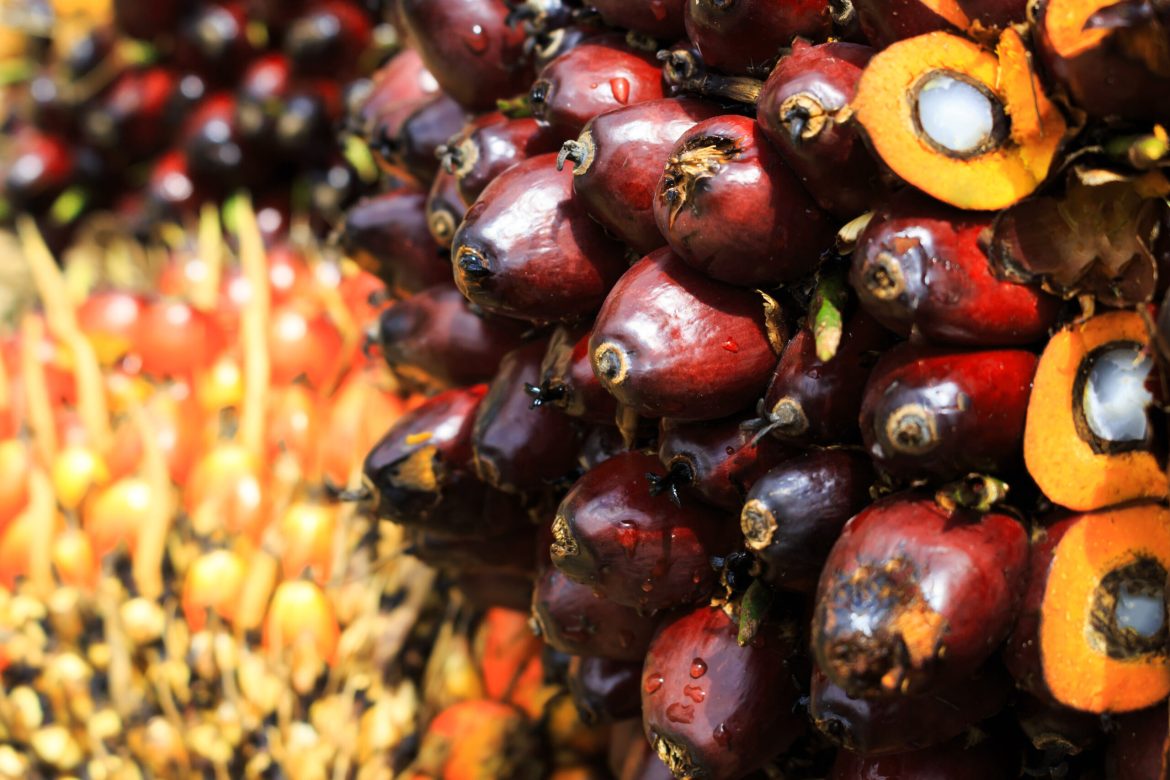Palm oil, once the world’s cheapest edible oil, has seen a significant price shift, largely driven by reduced output from key producers and an ample supply of alternatives.
The price of palm oil has increased by 10% this year, while soybean oil prices have dropped by 9%, reflecting better crop prospects, especially in the US.
This change marks a rare occurrence where palm oil, usually cheaper, is now more expensive than its rivals. The dynamics of the edible oil market are evolving, and the palm oil sector is adjusting to new challenges.
Declining output in Indonesia and Malaysia
Indonesia and Malaysia, responsible for 85% of global palm oil production, are experiencing difficulties with their output.
Many smallholders are hesitant to cut down aging trees and replant due to the long wait times for new trees to bear fruit.
Palm trees require four to five years before becoming productive, compared to the much shorter six months for soybean plants.
This reluctance to replant has contributed to the tightening supply, pushing prices higher.
In contrast, soybean production has been more favorable, thanks to improved growing conditions in countries like the US.
Key sectors slow to shift from palm oil
Despite palm oil losing its cost advantage, some major sectors that rely heavily on it are reluctant to switch to alternatives.
Industries such as food manufacturing, restaurants, and hospitality in countries like India continue to use palm oil extensively.
According to Aashish Acharya, a vice president at Patanjali Foods Ltd., one of India’s largest edible oil importers, key users are not expected to shift from palm oil to alternatives immediately, though household consumers may gradually look to soybean or sunflower oil as substitutes.
Indonesia’s growing biodiesel demand is likely to keep palm oil prices supported.
Palm oil is a staple ingredient in a broad range of products, from food items like pizza and ice cream to personal care products such as shampoo and lipstick.
It is also utilized by animal feed producers and processed into biofuels in several countries.
These diverse applications contribute to steady demand, even as prices rise.
However, the oil’s recent price premium over soybean, sunflower, and rapeseed oils could begin to erode its market share if the current trend continues.
What factors could restore palm oil’s price competitiveness
The current premium on palm oil may not last indefinitely.
Seasonal supply and demand changes are expected to impact the market in the coming months.
In India, which is the largest importer of palm oil, demand typically declines in December and January when the oil solidifies in lower temperatures, leading consumers to opt for alternatives.
Palm oil production in Southeast Asia is expected to pick up in its high season.
While the recent price increase has positioned palm oil as more expensive than its competitors, it remains to be seen if this is a short-term phenomenon or part of a longer-lasting shift.
Palm oil has several unique qualities, such as its year-round harvest cycle and efficiency in land use, that have traditionally kept it cheaper than other oils.
Challenges in the major producing regions and changes in global demand could create lasting changes in its pricing and market share.
The post Palm oil no longer the world’s cheapest edible oil amid rising costs appeared first on Invezz

